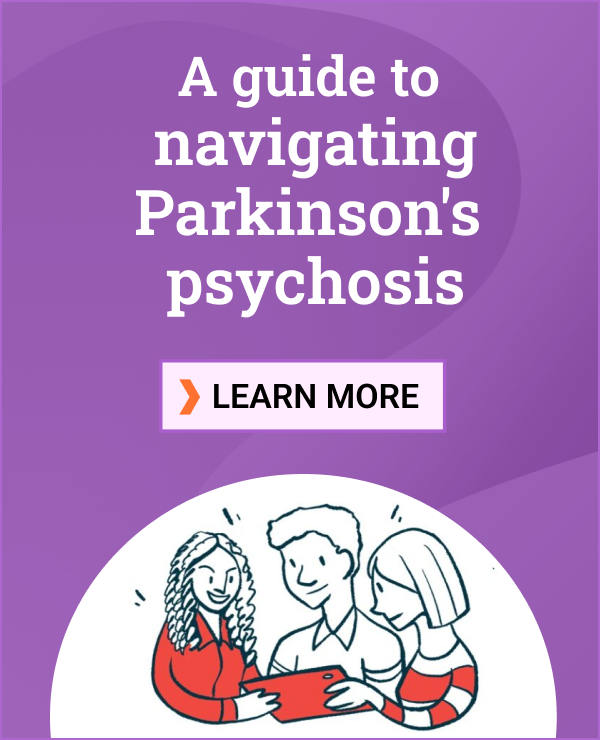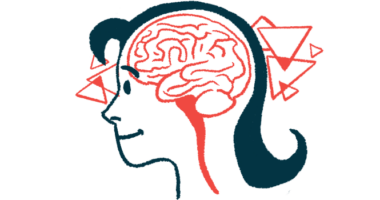Augmented reality can help guide physical therapy for Parkinson’s
Software may also help patients with other movement disorders: Researchers

Computer scientists at the University of North Carolina at Chapel Hill have developed software and an augmented reality (AR) headset that allows clinicians to analyze movement in people with Parkinson’s disease to help guide their physical therapy.
Clinicians can also use their own AR headsets to immerse themselves in the reality of their patients by replaying their activities.
Parkinson’s is caused by the loss of neurons (nerve cells) that produce dopamine, a signaling molecule that plays a role in controlling movement. As a result, patients develop motor symptoms, such as tremor, stiffness or rigidity, and difficulties with balance, that increase the risk of falling.
Physical activity may help ease motor symptoms, slow disease progression
Reduced physical activity has been linked to a faster decline in motor function in Parkinson’s patients, with evidence suggesting that boosting physical activity can ease motor symptoms and help slow disease progression.
Physical therapy can play a crucial role in enhancing the quality of life for individuals with Parkinson’s. However, not all patients have insurance that covers regular physical therapy sessions. Also, patients in rural areas or those with limited ability to walk often cannot access facilities that support this type of care.
To overcome these limitations, researchers at the University of North Carolina at Chapel Hill (UNC-Chapel Hill) in collaboration with physicians at Carolina launched the Parkinson’s Project powered by augmented reality.
Patients wear AR headsets and motion sensors that track their movements and interactions with their surroundings, and the software can provide clinicians with the ability to observe and analyze patient movements in real-world home scenarios.
“We could only capture this data with technology that you’re wearing every day,” Henry Fuchs, PhD, the Federico Gil Distinguished Professor of Computer Science, at UNC-Chapel Hill, and one of the researchers involved in the project, said in a university news story.
This is great for Parkinson’s — but it can also be applied to so many different conditions for rehabilitation.
Project uses PD-Insighter software developed by PhD student Jade Kandel
The project harnesses the power of the PD-Insighter software, which was developed by Jade Kandel, a computer science PhD student, under the supervision of Danielle Szafir, PhD, assistant professor of computer science, and Fuchs.
“What do you do when you have all that data?” said Szafir. “How do you make it intuitive? How do you help people leverage their own expertise so that you don’t have to be professional data scientists to make sense of all this information that’s flowing in?”
The software combines graphics and data visualization, and includes a desktop dashboard that summarizes patient actions and quickly identifies “freezes” or motor deficits, allowing clinicians to review the data in minutes instead of hours.
The AR glasses differ from virtual reality headsets, which are normally used in gaming, since the person wearing them can still see their surroundings but it’s augmented with graphics.
Clinicians can use headset to understand movement patterns of their patients
Moreover, clinicians can use their own AR headsets to see a 3D body skeleton of their patients as well as digital recreations of their patient’s environment.
“So what is it that you’ll wear every day 10 years from now? We think it’ll be your glasses, which will have some cameras that could look out, look down and look in, so that they could capture your facial expression and capture your body and so on,” Fuchs said.
While the project was initially developed for Parkinson’s disease, the researchers believe the software can provide support for patients with other disorders, such as those who experienced a stroke or people rehabilitating from surgery.
“I love thinking about that. Yes, this is great for Parkinson’s — but it can also be applied to so many different conditions for rehabilitation,” Kandel said.









